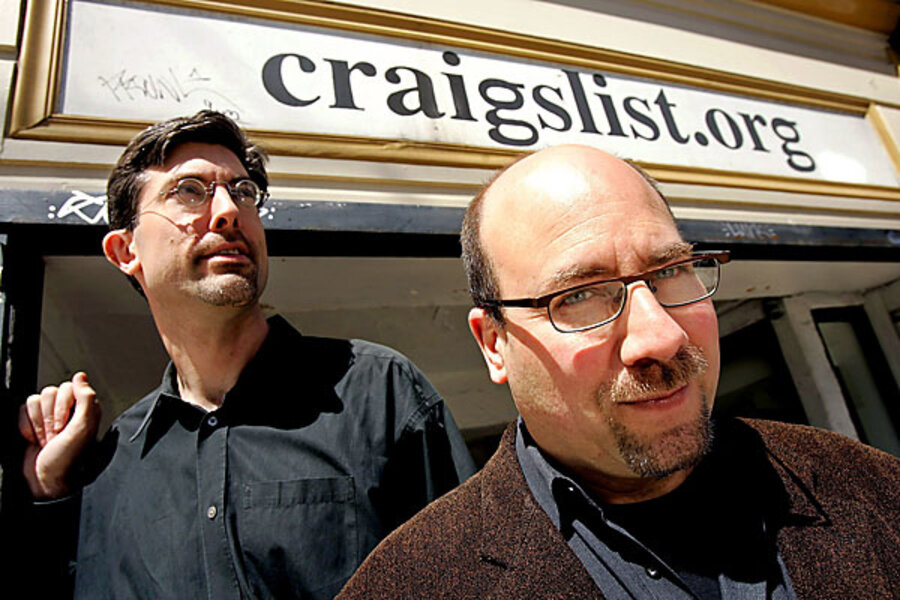Craigslist is the one place on the Internet you can find a missed connection, free couch, and a new iPhone. We can’t speak for your luck with the first two, but many people turn to Craigslist to buy and sell electronics as a quick way to meet up and make quick cash. That being said, it can be risky. Buyers can be flaky and the open nature of the site also makes it a target for scams and thefts. The key is to be extra careful with the location and people you meet. Otherwise, this is usually a quick option with a good payoff.
Level of ease: Medium to hard. You have to be on alert for the best time to sell based on demand, e-mails from potential buyers, and possible scams.
Estimated trade-in value: Varies depending on demand. Current selling prices for a contracted 16GB iPhone 5 in Boston, Mass. ranged from $400 to $550.






